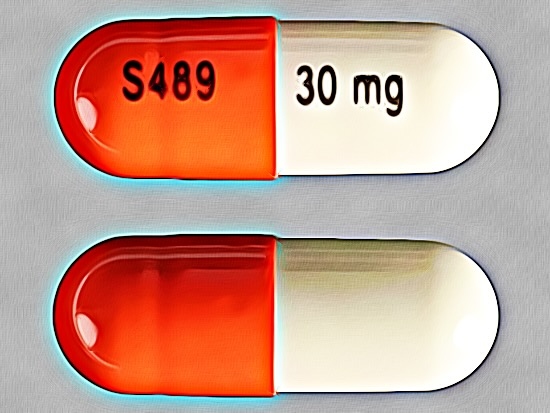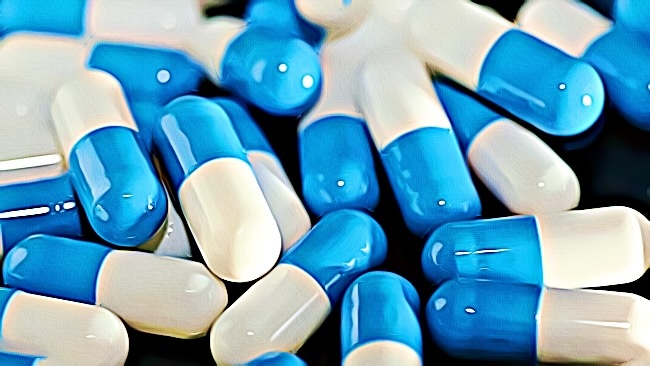If you or anyone you know is experiencing Attention Deficit Hyperactivity Disorder (ADHD) or Binge Eating Disorder (BED), one way to treat the situation is by using lisdexamfetamine dimesylate. Better known as Vyvanse, it is a stimulant medication approved by the Food and Drug Administration (FDA) to help manage ADHD and BED.
However, only people with ADHD that are over six years old and those with BED older than eighteen years old can receive the prescription for the legal use of Vyvanse. Unfortunately, individuals looking to lose weight or manage obesity will not benefit from the drug in the long run. Since Vyvanse is used to treat specific illnesses, you will need a certified prescription from your physician.
After all, Vyvanse is a controlled substance categorized by the United States Drug Enforcement Administration and requires proper usage. However, in some cases, Vyvanse and other stimulants are used for off-label reasons, like preventing inactivity, handling hypoactive delirium, and uplifting focus for people with cognitive disorders. Keep reading below to learn more about Vyvanse and its effects on the user.
How Long Does Vyvanse Last?
The duration for a drug to stay in your system can be measured based on the specific drug’s half-life or the time your average metabolic rate can decrease the drug’s concentration by half. With Vyvanse, its active ingredient lisdexamfetamine is naturally broken down into the stimulant dextroamphetamine.
As a result, lisdexamfetamine can only be found in your body within a short period involving a few hours. Meanwhile, dextroamphetamine, which is similar to amphetamine substances, tends to last longer due to having a half-life of over twelve hours or longer.

You can expect to get rid of dextroamphetamine from your system in a span of two to three days. If you’re taking drugs in general, it requires about five half-lives before they can leave your body, but their metabolism will ultimately depend on your situation. Your gender, weight, and capacity to take other drugs alongside your primary medication and its amount will affect the outcome.
What Are the Withdrawal Symptoms of Vyvanse?
Once you let go of Vyvanse, the struggle to remove the drug from your life will depend on the duration of your use and the amount of dosage involved. You have to be prepared to undergo a crash, primarily when you’re taking stimulants like Vyvanse.
The moment you realize the effects of the drug is beginning to subside, you will experience the crash, a phase that is different from having a withdrawal. It happens when you take Vyvanse once without the need to become dependent on the drug.
Symptoms of a crash after taking Vyvanse are having a bad mood, feeling irritated, and losing the motivation to do anything. It can happen during the next few hours after taking the drug. Next to a crash, you may also begin to feel signs of withdrawal due to your brain trying to get used to not relying on the medication anymore.
How Long Is the Vyvanse Withdrawal Timeline?
Usually, withdrawal from Vyvanse starts from about one to two days following your last drug intake and involves symptoms like cravings, increased appetite, fatigue, and depression. However, during the next few weeks, your symptoms can turn into sudden mood swings, discomfort, pain, irritability, and sleeping problems.
With proper management, support, and care, your withdrawal symptoms from Vyvanse can end in a matter of two weeks. However, if you found yourself abusing the drug for an extended period, you may continue experiencing the symptoms for a much longer timeframe.
What Is Vyvanse?
Vyvanse is a drug prescribed by a healthcare provider used as a stimulant for the central nervous system. Besides helping control the symptoms of ADHD and BED, the drug shows similar effects to Adderall, another type of prescription drug.
Vyvanse is known as a prodrug, which means its effects will only be activated once it’s metabolized, so potential abuse is lower compared to taking Adderall or other identical drugs. However, when taken off your prescription, you can experience addiction and dependence with Vyvanse.
On the other hand, when you take Vyvanse, whether as a tablet or capsule, you can expect more reliable absorption and smoother results. Its available dosages come in 20 mg up to 70 mg. When you utilize the drug off-label, which means the FDA didn’t approve it, you can take it to treat depression and unusual daytime drowsiness.
What Are the Side Effects of Vyvanse?
When you take Vyvanse outside your daily prescription, it’s possible to experience corresponding side effects, such as weight loss and sleeping problems. You may also witness major impacts like unusual shifts in your heart rate and even cardiac cases. Symptoms that will prove you are undergoing heart issues are feeling faint, having chest pain, and shortness of breath.
Individuals with a family history of the same heart problems are at risk of having severe cardiac pain. Besides that, intentionally abusing it can result in convulsions, psychosis, and change in your mood and behavior. Taking the drug longer than your prescription and other purposes can lead you to become physically dependent and psychologically addicted to Vyvanse.
Once consumed in high amounts, Vyvanse can boost your energy and develop a temporary feeling of euphoria within you, which can impact your well-being. Due to its cognition-enhancing effects, people tend to abuse the drug and use it for non-medical purposes.
What Are the Highs When Using Vyvanse?
Those who consume Vyvanse can experience changes in their memory, attention, and motivation to accomplish tasks. They are more awake and feel more focused on their goals. Unfortunately, some athletes misuse the drug to enhance their abilities.

When used in significantly high dosages, Vyvanse offers mixed results. It not only boosts your acceleration, endurance, strength, and reaction time, but it can also severely affect athletic performance by increasing your body temperature and muscle breakdown.
Aside from that, when a person becomes addicted to Vyvanse to the point of dependency, they increase their chances of becoming tolerant to amphetamine-induced drugs. In turn, they will always be looking for higher doses of Vyvanse to feel its full effects, making it harder for them to quit taking the drug the moment they run out of stock or need to stop.
Conclusion
People looking to control the symptoms when experiencing a withdrawal from Vyvanse, whether for therapeutic use or recreational abuse, should learn to reduce their drug dosage slowly. That way, you can expect to experience fewer symptoms or none at all down the line. However, it’s necessary to seek a professional’s assistance when deciding to quit taking Vyvanse to prevent unwanted complications from happening.
For best results, only when you have ADHD or BED should you consider taking prescribed medication. If you have other reasons, you should rethink your decisions to avoid putting your health at risk and suffering the consequences of drug abuse, including its side effects and withdrawal symptoms. You should also avoid handling withdrawal symptoms independently to guarantee you can get back on track without dealing with unnecessary repercussions.
Source:
https://www.accessdata.fda.gov/drugsatfda_docs/label/2017/208510lbl.pdf

